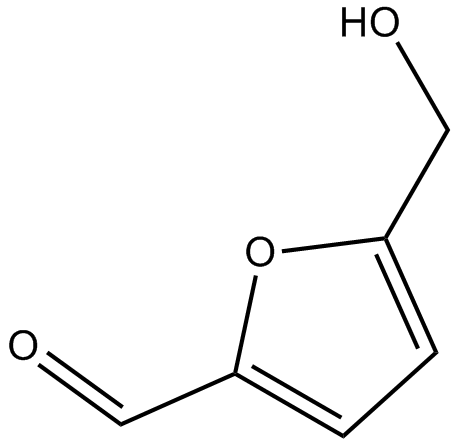Microbiology & Virology
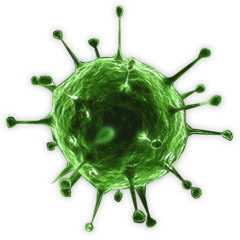
Microbiology & Virology
A virus is a small infectious agent that replicates inside living cells. Viruses cause many human diseases from small illnesses, like influenza, to more deadly diseases, like hepatitis B and HIV. Our body’s immune system defends against viral infection by generating specific antibodies to bind to and neutralize viral particles and by cell mediated immunity that destroys infected host cells.
Ziele für Microbiology & Virology
- Antibiotic(531)
- Bacterial lipoprotein targeting chaperone(1)
- CCR5(3)
- CMV(24)
- gp120/CD4(7)
- HBV(78)
- HCV(170)
- HIV(453)
- HSV(86)
- Influenza virus(139)
- NA(11)
- Reverse Transcriptase(67)
- RSV(38)
- SRPK(5)
- SARS-CoV(134)
- Antifungal(34)
- Orthopoxvirus(2)
- Antimalaria(10)
- Beta-Lactamase(0)
- VEEV(1)
- Arenavirus(10)
- Bacterial(1301)
- Enterovirus(21)
- Filovirus(5)
- Fungal(335)
- Parasite(387)
- Virus Protease(73)
- Chicken Pox & Shingles(0)
- Chikungunya(0)
- Coronaviruses(9)
- Dengue(2)
- DNA & RNA Polymerase Inhibitors(4)
- Ebola(0)
- Entry/Fusion Inhibitors(6)
- Epstein-Barr(0)
- Integrase Inhibitors(2)
- MERS(6)
- Others(0)
- Rhinoviruses(1)
- West Nile Virus(0)
- Yellow Fever(1)
- Zika(0)
- COVID-19(16)
- Antiviral(2)
Produkte für Microbiology & Virology
- Bestell-Nr. Artikelname Informationen
-
GC61931
2′-Deoxy-2′-fluoroguanosine
&2#8242;-Deoxy-&2#8242;-Fluorguanosin, ein Nukleosid-Analogon, ist ein starker Inhibitor von Influenzavirusstämmen mit einem EC90 von \u003c0,35 μM für Influenzavirus A- und B-Stämme.
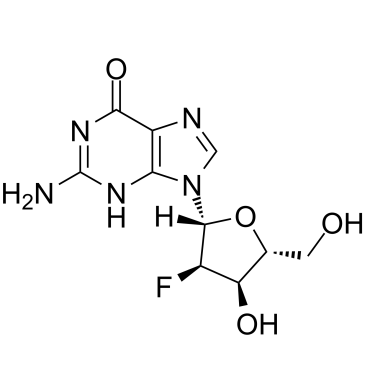
-
GC49514
2′-Deoxyuridine-d2
An internal standard for the quantification of 2’-deoxyuridine
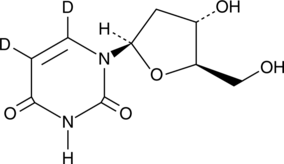
-
GC48873
2′-O-Methylcytidine
&2#8242;-O-Methylcytidin ist ein 2'-substituiertes Nukleosid als Inhibitor der HCV-Replikation.
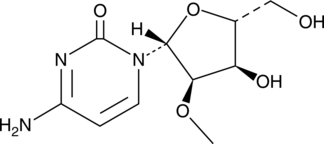
-
GC46508
2',2'-Difluoro-2'-deoxyuridine
An active metabolite of gemcitabine
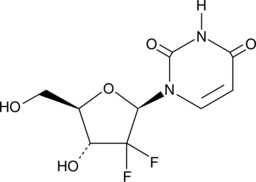
-
GC33994
2',3'-Dideoxyadenosine
2',3'-Dideoxyadenosin ist ein Inhibitor der HIV-Replikation.
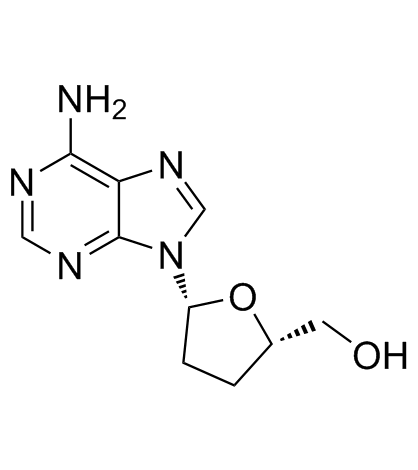
-
GC61756
2'-Deoxy-2'-fluorocytidine
2'-Desoxy-2'-Fluorcytidin, ein Nukleosid-Analogon, ist ein starker Inhibitor der Replikation des hÄmorrhagischen Krim-Kongo-Fieber-Virus (CCHFV).
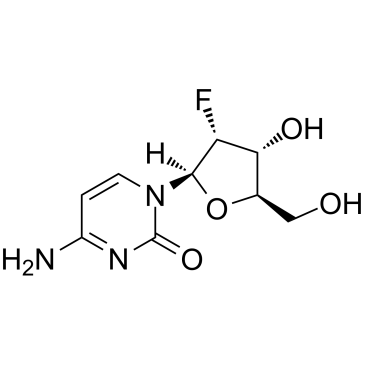
-
GC61824
2'-Deoxy-2'-fluorouridine
2'-Desoxy-2'-fluoruridin kann als Zwischenprodukt fÜr die Synthese von Antiinfluenzavirus-Wirkstoffen verwendet werden.
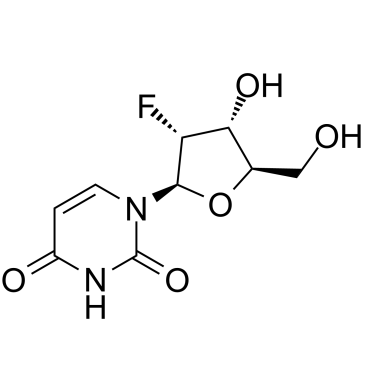
-
GC33990
2,2'-Anhydrouridine (2,2'-Cyclouridine)
2,2'-Anhydrouridin (2,2'-Cyclouridin) wird fÜr die Antikrebs- und antivirale Forschung verwendet.
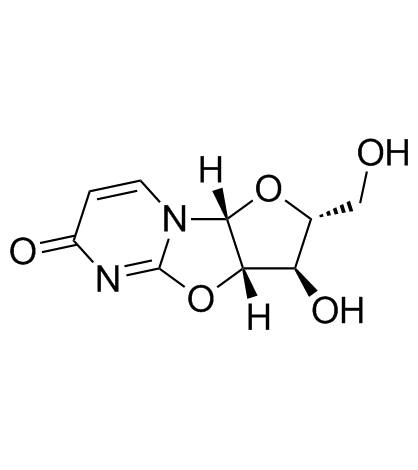
-
GC30211
2,2':5',2''-Terthiophene (α-Terthiophene)
2,2':5',2''-Terthiophene (α-Terthiophene) (&7#945;-Terthiophene) ist ein Oligomer des Heterocyclus Thiophen.
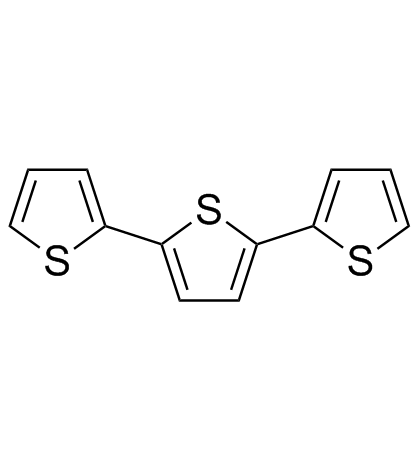
-
GC32375
2,3-Dimethoxybenzaldehyde (o-Veratraldehyde)
2,3-Dimethoxybenzaldehyd (o-Veratraldehyd) (o-Veratraldehyd) ist ein Benzaldehyd-Analogon mit hoher antimykotischer AktivitÄt (MHK = 2,5 mM). Synthese von Berberin.
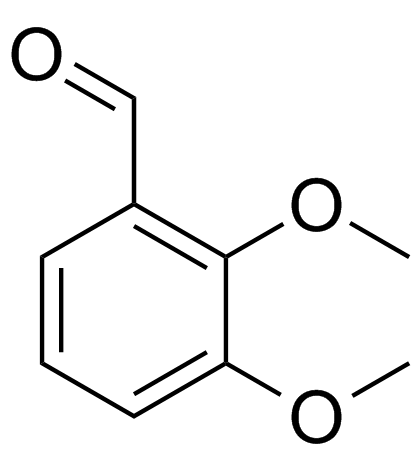
-
GC32389
2,4,6-Tribromophenyl caproate
2,4,6-Tribromphenylcaproat (2,4,6-TribromphenylcapronsÄureester) ist ein Antimykotikum.
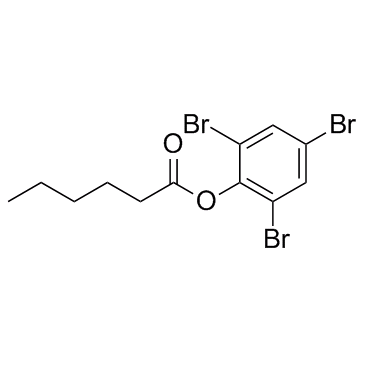
-
GC14471
2,4-Diacetylphloroglucinol
2,4-Diacetylphloroglucinol, das von einigen Isolaten des nÜtzlichen Bakteriums Pseudomonas fluorescens produziert wird, ist ein starkes Antibiotikum.
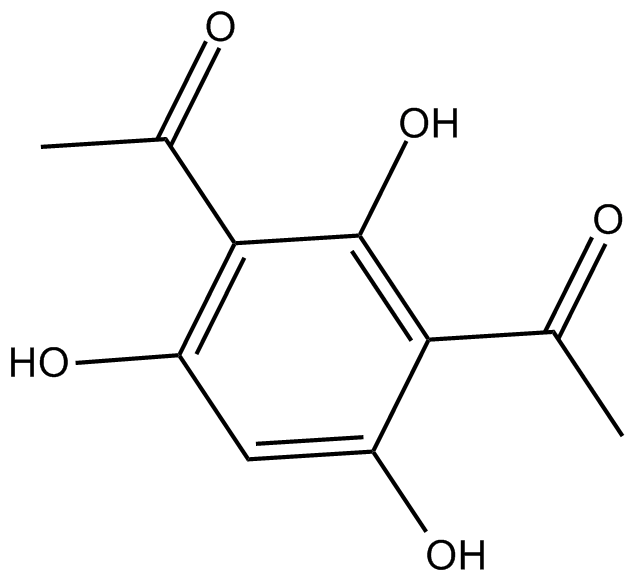
-
GC60461
2,4-Dichlorobenzyl alcohol
2,4-Dichlorbenzylalkohol ist ein mildes Antiseptikum mit einem breiten Spektrum fÜr Bakterien und Viren, die mit Mund- und Racheninfektionen in Verbindung gebracht werden.
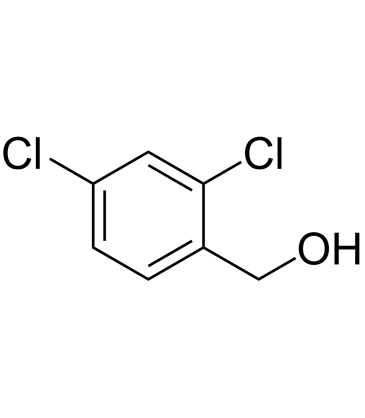
-
GC60464
2,5-Dihydroxybenzaldehyde
2,5-Dihydroxybenzaldehyd (Gentisaldehyd) ist ein natÜrlich vorkommendes antimikrobielles Mittel, das das Wachstum von Mycobacterium avium subsp.
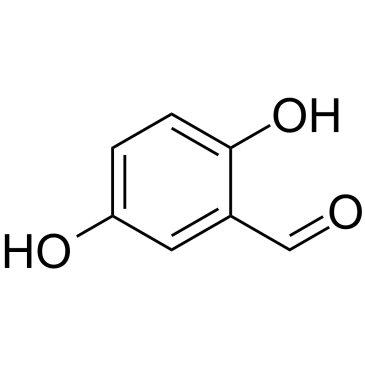
-
GC60466
2,6-Dichlorodiphenylamine
2,6-Dichlordiphenylamin ist ein Analogon von Diclofenac-Natrium und wirkt gegen Candida albicans.
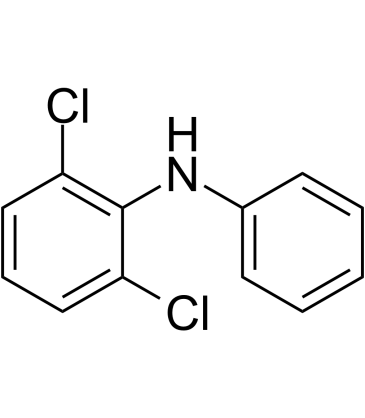
-
GC64627
2,6-Dimethoxy-1,4-benzoquinone
2,6-Dimethoxy-1,4-benzochinon, ein natÜrlicher sekundÄrer Pflanzenstoff, ist ein bekannter haustorischer Faktor.
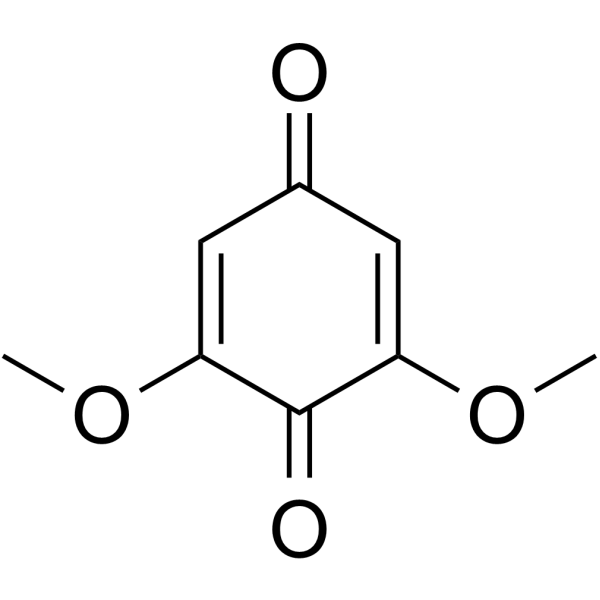
-
GC33496
2-(Methylamino)-1H-purin-6(7H)-one (N2-methylguanine)
2-(Methylamino)-1H-purin-6(7H)-on (N2-Methylguanin) (N2-Methylguanin) ist ein modifiziertes Nukleosid.
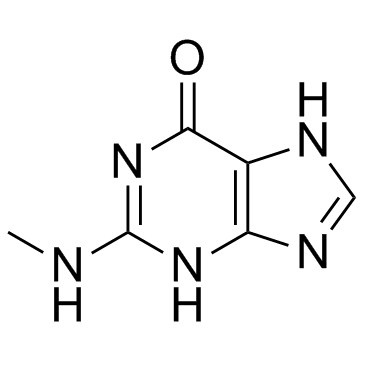
-
GC61639
2-Aminoimidazole
2-Aminoimidazol ist ein wirksames Antibiofilm-Mittel, das als Adjuvans fÜr antimikrobielle Mittel verwendet werden kann.
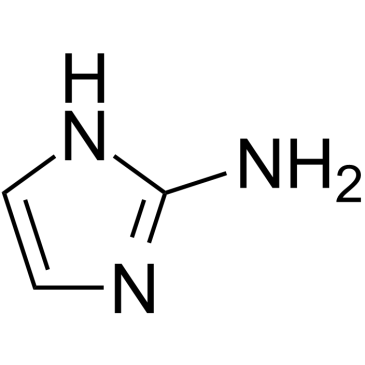
-
GC32338
2-Benzoxazolinone (2-Benzoxazolone)
2-Benzoxazolinon (2-Benzoxazolon) ist ein Anti-Leishmania-Mittel mit einem LC50-Wert von 40 μ g/ml gegen L.
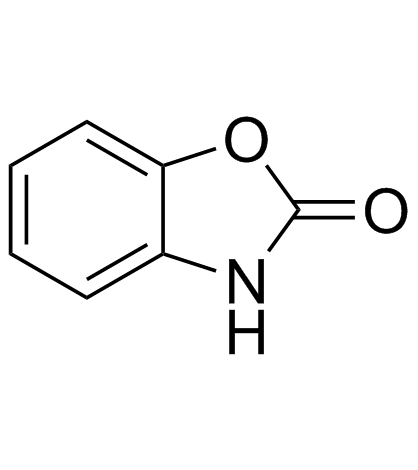
-
GC17430
2-Deoxy-D-glucose
2-Deoxy-D-Glukose (2DG) ist ein Glukose-Analogon, das als kompetitiver glykolytischer Inhibitor wirkt.
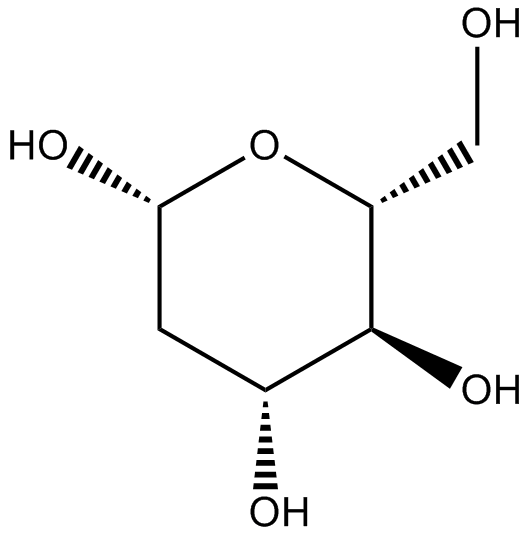
-
GC68513
2-Deoxy-D-glucose-d
2-Deoxy-D-glucose-d ist das Deuteriumderivat von 2-Deoxy-D-Glukose. 2-Deoxy-D-Glukose ist ein Glukose-Analogon und ein Hemmstoff des Glukosestoffwechsels, der durch die Wirkung auf Hexokinase die Glykolyse hemmt.
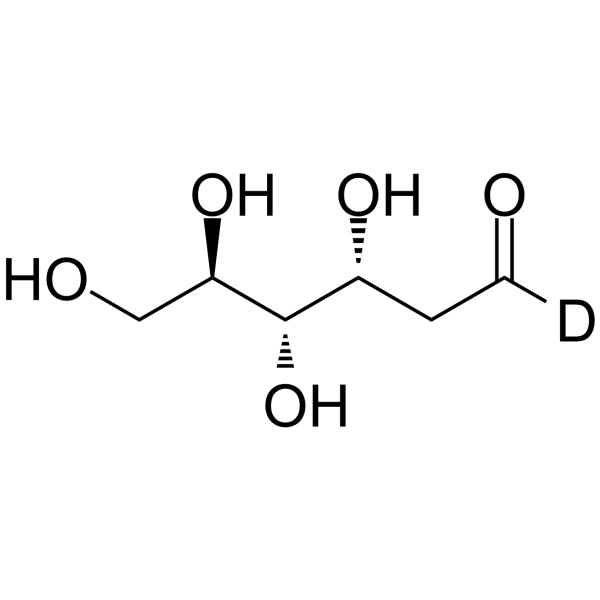
-
GC61672
2-Ethyl-6-methylphenol
2-Ethyl-6-methylphenol, ein Alkylphenol, wird aus der tumorerzeugenden neutralen Unterfraktion des Zigarettenrauchkondensats isoliert.
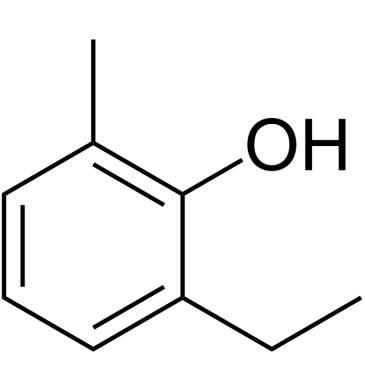
-
GC61901
2-Heptanol
2-Heptanol ist einer der chemischen Bestandteile, die im Ätherischen Öl des Rhizoms von Curcuma angustifolia und Curcuma zedoaria identifiziert wurden.
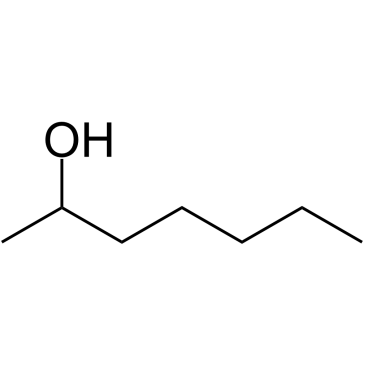
-
GC42171
2-hydroxy Stearic Acid methyl ester
2-hydroxy Stearic acid is a hydroxylated fatty acid methyl ester that broadens phase transition in dimyristoylphosphatidylcholine (DMPC) lipid membranes.

-
GC66412
2-Hydroxy-1-methoxyanthraquinone
2-Hydroxy-1-methoxyanthrachinon konnte aus der Stammrinde von Morinda lucida Benth isoliert werden. (Rubiaceae) und besitzt antibakterielle AktivitÄt.
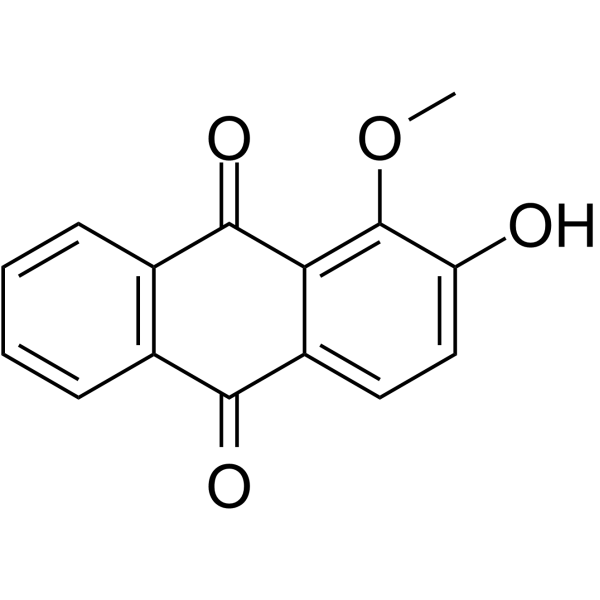
-
GC68517
2-Hydroxy-4-methylbenzenesulphonic acid ammonium
2-Hydroxy-4-methylbenzenesulphonic acid ammonium ist ein Verunreinigungsmittel von Policresulen. Policresulen ist ein wirksamer NS2B/NS3-Protease-Inhibitor mit einer IC50 von 0,48 μg/mL. Policresulen hemmt effektiv die Replikation des DENV2-Virus in BHK-21-Zellen mit einer IC50 von 4,99 μg/mL. Policresulen ist ein kompetitiver Inhibitor der Protease und beeinträchtigt leicht die Stabilität der Protease.
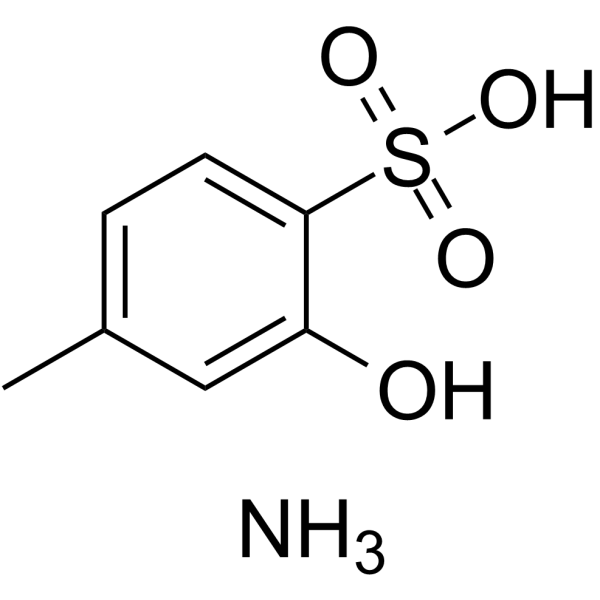
-
GC61674
2-Hydroxyacetophenone
2-Hydroxyacetophenon ist ein HauptwurzelflÜchtiger der Carissa edulis.

-
GC61753
2-Hydroxycinnamic acid
2-HydroxyzimtsÄure wird aus dem Methanolextrakt von Cinnamomum cassia isoliert.
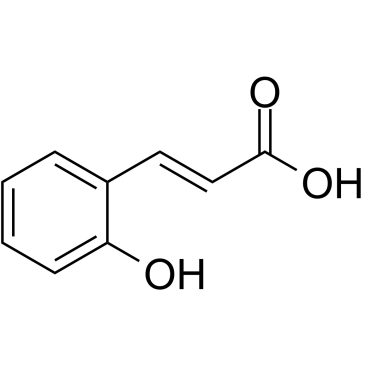
-
GC61899
2-Methoxybenzaldehyde
2-Methoxybenzaldehyd (o-Anisaldehyd), isoliert aus Ätherischem ZimtÖl (CEO), besitzt eine antibakterielle und antimykotische AktivitÄt.
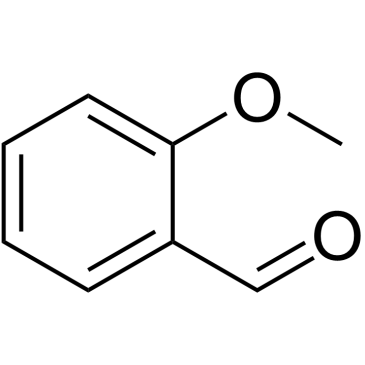
-
GC19659
2-Phenoxyethanol
2-Phenoxyethanol hat ein breites antimikrobielles Wirkungsspektrum gegen verschiedene gramnegative und grampositive Bakterien.

-
GC60484
2-Phenylethanol
2-Phenylethanol (Phenethylalkohol), extrahiert aus Rose, Nelke, Hyazinthe, Aleppo-Kiefer, OrangenblÜte und anderen Organismen, ist eine farblose FlÜssigkeit.
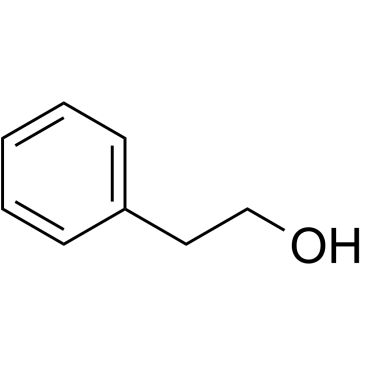
-
GC32201
2-Phenylethanol (Phenethyl alcohol)
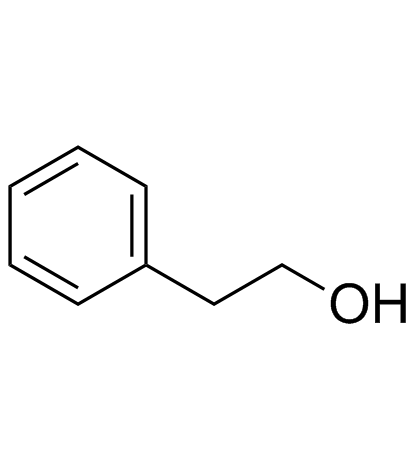
-
GC41444
20(R)-Protopanaxadiol
(20)R-Protopanaxadiol is a sapogenin that has been found in P.
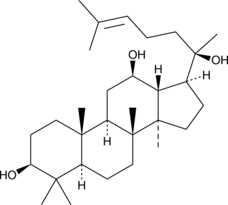
-
GC41387
20-hydroxy Arachidic Acid
20-hydroxy Arachidic acid is a hydroxylated fatty acid that has been found in the suberin component of silver birch (B.

-
GC15881
21-hydroxy Oligomycin A
antibiotic
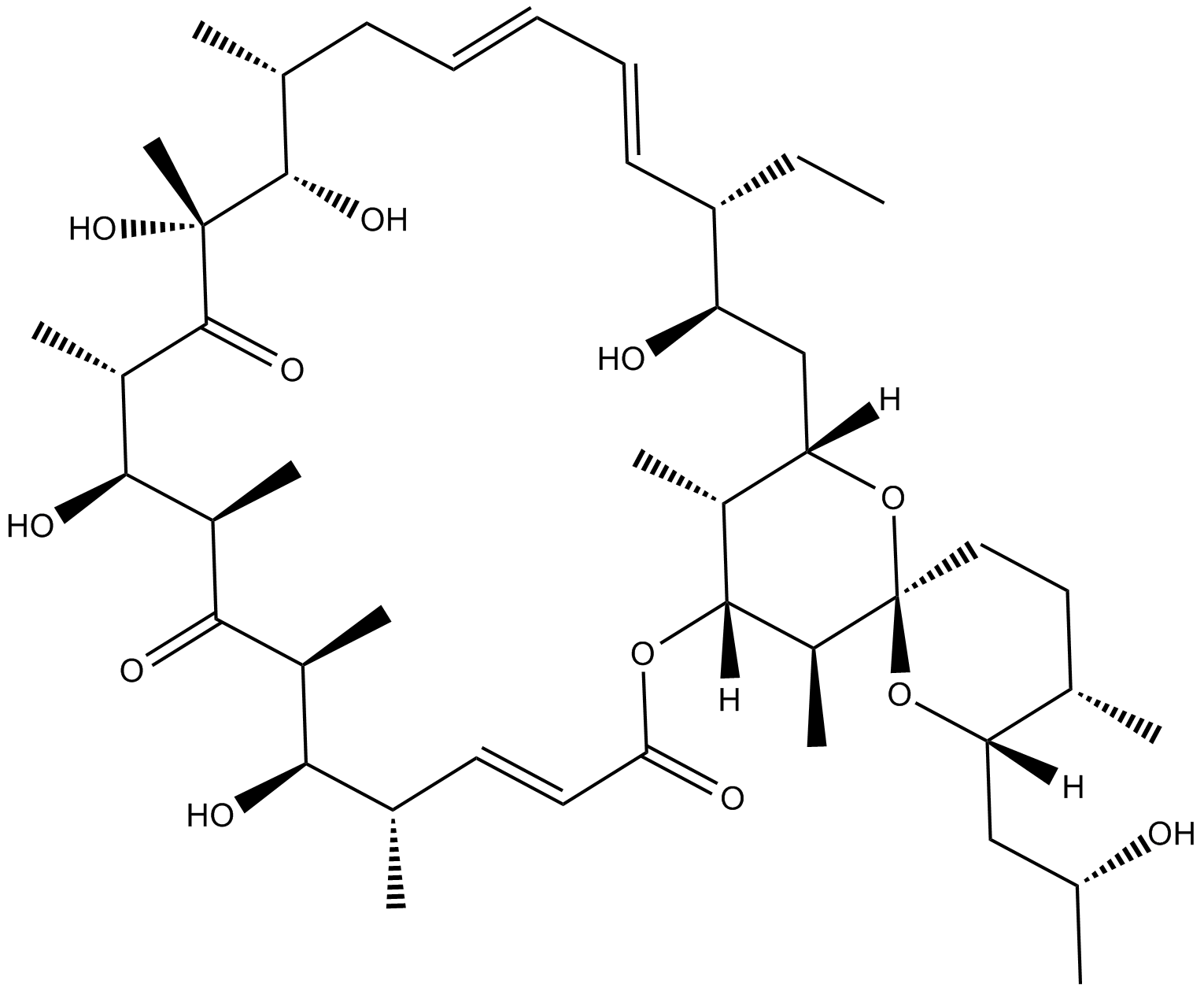
-
GC49365
25-Desacetyl Rifampicin
A major active metabolite of rifampicin
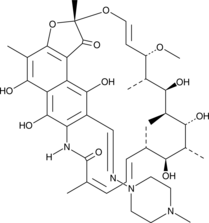
-
GC65085
3'-Azido-3'-deoxy-5-methylcytidine
3'-Azido-3'-Desoxy-5-methylcytidin (CS-92) ist ein potenter Inhibitor des xenotropen murinen Leukämie-assoziierten Retrovirus (XMRV) mit einem CC50 von 43,5 μM in MCF-7-Zellen.
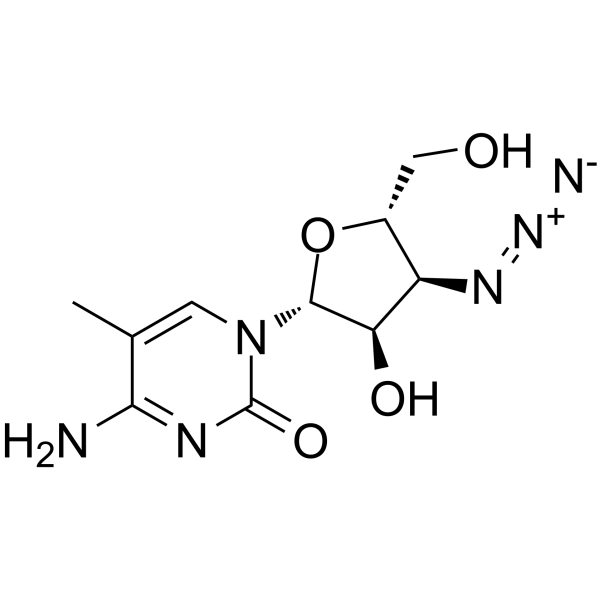
-
GC64985
3'-O-Methylguanosine
3'-O-Methylguanosin ist ein methyliertes Nukleosidanaloga und ein RNA-Kettenterminator.
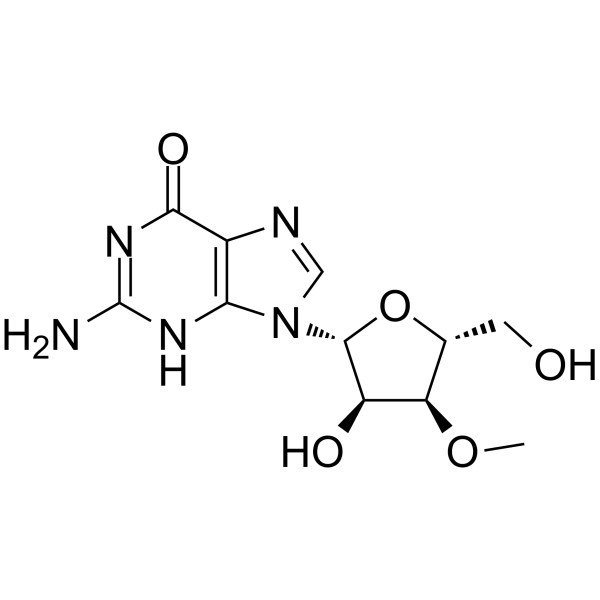
-
GC49122
3′-deoxy Thymidine
An antiviral nucleoside analog
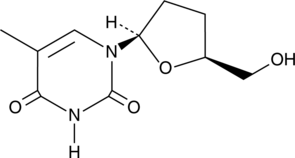
-
GC49871
3’-Azido-2’,3’-dideoxyuridine
An antiviral nucleoside analog
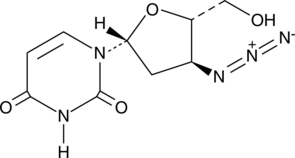
-
GC10387
3'-Azido-3'-deoxythymidine β-D-glucuronide (sodium salt)
Zidovudin O-β-D-Glucuronid (3͇-Azido-3&7#39;-Desoxythymidin &7#946;-D-Glucuronid) Natrium ist der Hauptmetabolit von Zidovudin.
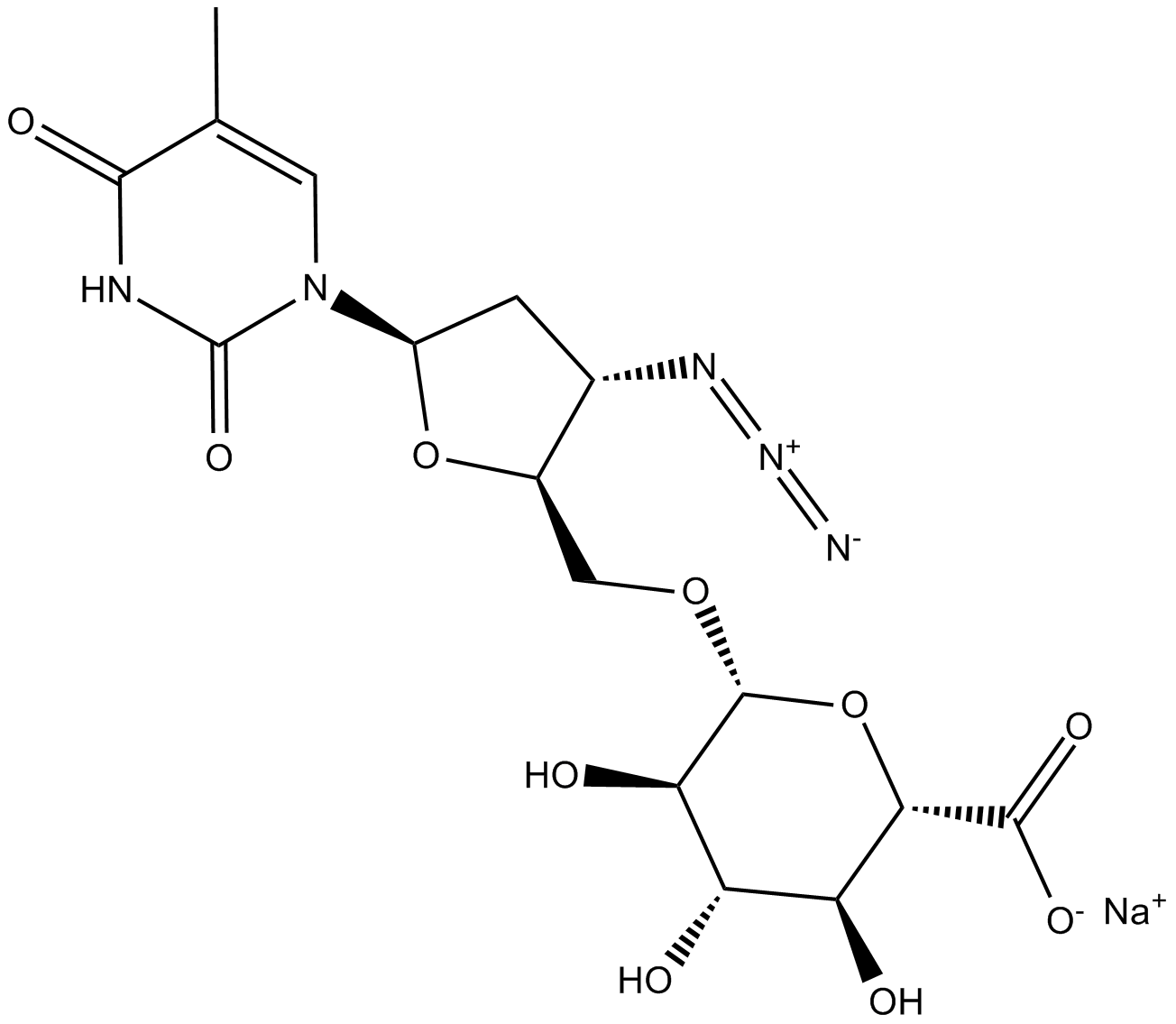
-
GC42312
3'-Sialyllactose (sodium salt)
3'-Sialyllactose consists of the monosaccharide N-acetylneuraminic acid linked to the galactosyl subunit of lactose at the 3 position.
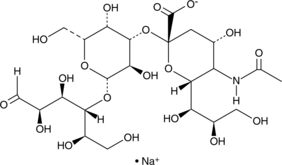
-
GC34450
3,4'-Dihydroxyflavone
3,4'-Dihydroxyflavon (3,4'-DHF) ist ein orales aktives Flavonoid mit antiviraler AktivitÄt gegen das Influenza-A-Virus.
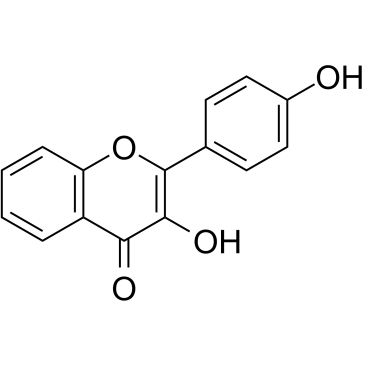
-
GC61675
3,4,5-Trimethoxybenzaldehyde
3,4,5-Trimethoxybenzaldehyd ist ein Zwischenprodukt fÜr die Synthese verschiedener Arzneimittel, insbesondere fÜr Trimethoprim, das zur Behandlung von bakteriellen Infektionen, einschließlich Infektionen der Harnwege, verwendet wird.
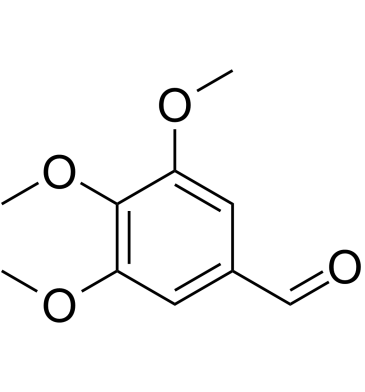
-
GN10006
3,4-Dihydroxybenzaldehyde
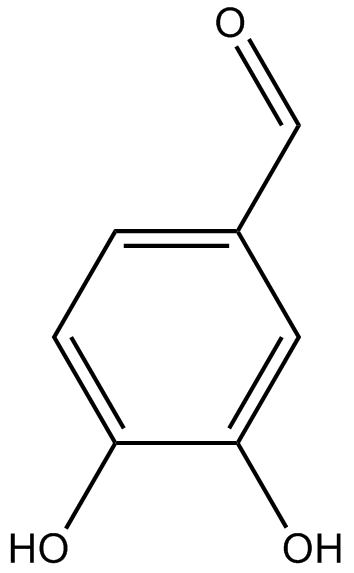
-
GC33992
3,4-Dimethoxycinnamic acid (O-Methylferulic acid)
3,4-DimethoxyzimtsÄure (O-MethylferulasÄure) (O-MethylferulasÄure) ist ein Monomer, das aus Securidaca inappendiculata Hassk extrahiert und gereinigt wird.
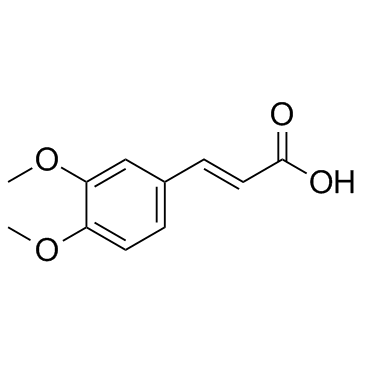
-
GC61673
3,5-Di-tert-butylphenol
3,5-Di-tert-butylphenol ist eine flÜchtige organische Verbindung mit antibiofilm- und antimykotischen AktivitÄten.
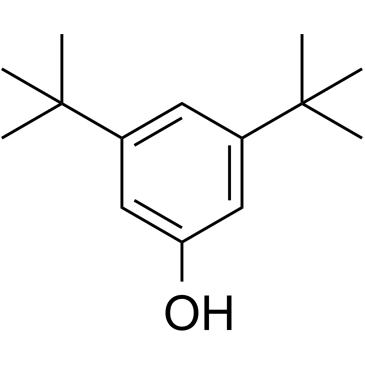
-
GC39687
3,5-Dimethoxybenzoic acid
3,5-DimethoxybenzoesÄure, isoliert aus Melia azedarach L.
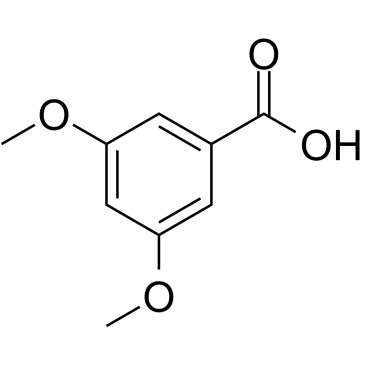
-
GC32943
3-(Methylthio)propionic acid (3-Methylsulfanylpropionic acid)
3-(Methylthio)propionsÄure (3-MethylsulfanylpropionsÄure) ist ein Zwischenprodukt im Methioninstoffwechsel.
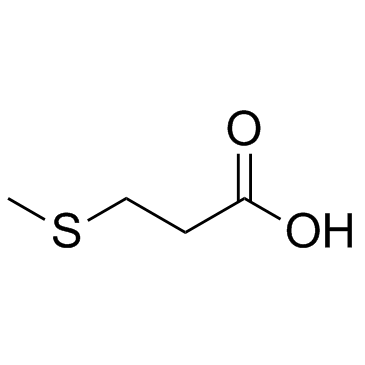
-
GC68233
3-Aminobutanoic acid

-
GC68531
3-Chlorogentisyl alcohol
3-Chlorogentisylalkohol ist ein wirksamer Inhibitor der E. coli β-Glucuronidase mit einem IC50-Wert von 0,74 μM und einem Ki-Wert von 0,58 μM. Es zeigt auch antiproliferative Aktivität und hat das Potenzial zur Krebs- und Entzündungshemmung.
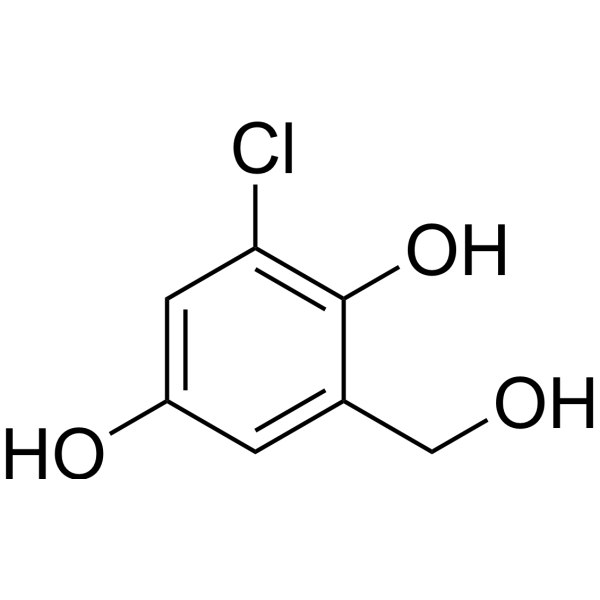
-
GC14713
3-Deazaadenosine
3-Deazaadenosin in Form von Hydrochlorid wirkt als Hemmer der S-Adenosylhomocystein-Hydrolase mit einer Ki von 3.
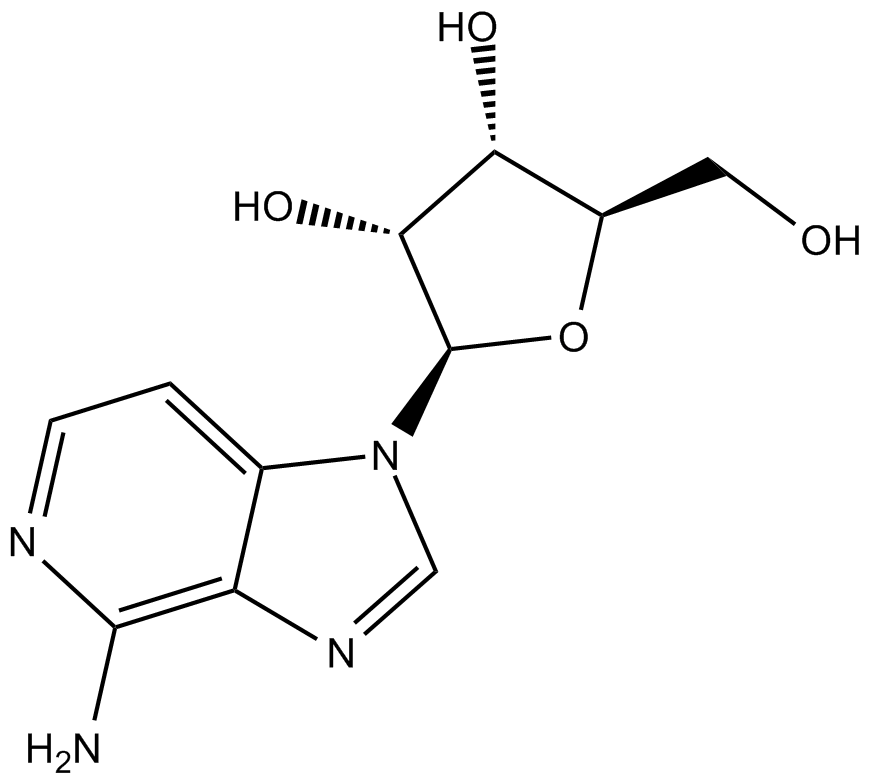
-
GC33842
3-Deazaadenosine hydrochloride
3-Deazaadenosin (Hydrochlorid) ist ein Inhibitor der S-Adenosylhomocystein-Hydrolase mit einem Ki von 3,9 μM; 3-Deazaadenosin hat entzÜndungshemmende, antiproliferative und Anti-HIV-AktivitÄt.
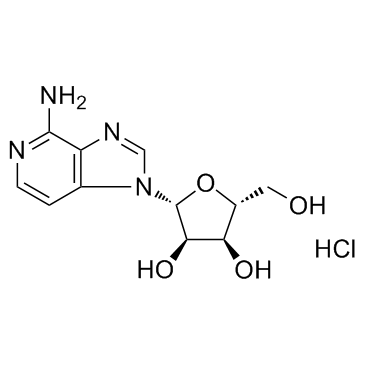
-
GC35109
3-Deoxysappanchalcone
3-Desoxysappanchalcon ist eine natÜrlich vorkommende Chalconverbindung, die aus Caesalpinia sappan L. isoliert wird.
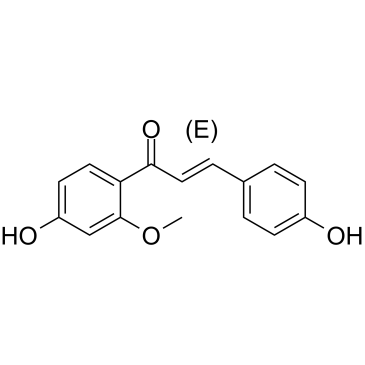
-
GC42280
3-hydroxy Myristic Acid methyl ester
3-hydroxy Myristic acid methyl ester is a hydroxylated fatty acid methyl ester that has been found in E.
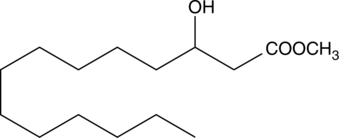
-
GC45337
3-Hydroxyterphenyllin
3-Hydroxyterphenyllin ist ein Metabolit von Aspergillus candidus. 3-Hydroxyterphenyllin unterdrÜckt die Proliferation und verursacht ZytotoxizitÄt gegenÜber A2780/CP70- und OVCAR-3-Zellen. 3-Hydroxyterphenyllin induziert S-Phasen-Arrest und Apoptose. 3-Hydroxyterphenyllin hat das Potenzial fÜr die Erforschung von Eierstockkrebs.
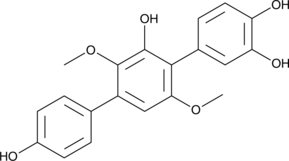
-
GC61812
3-O-Methylellagic acid
3-O-MethylellagsÄure ist ein aus Myrciaria cauliflora isolierbares Naturprodukt mit entzÜndungshemmender Wirkung.
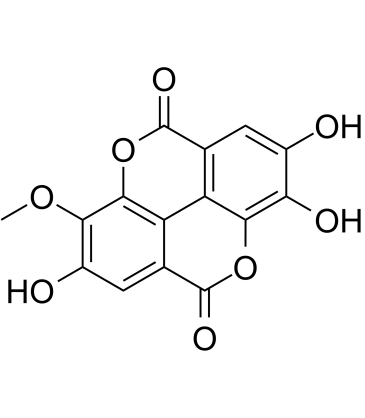
-
GC35121
3-O-Methylgalangin
3-O-Methylgalangin (Galangin-3-Methylether) ist eine natÜrliche Flavonoidverbindung aus dem Rhizom von Alpinia officinarum (AO) mit antibakterieller Wirkung, die auch die Pankreaslipase hemmt.
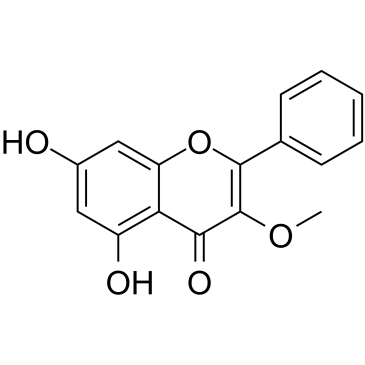
-
GC48518
3-Oxobetulin
3-Oxobetulin, ein Antimykotikum, zeigt antimykotische AktivitÄten gegen den WeißfÄulepilz L.
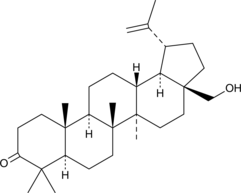
-
GC48488
3-Oxobetulin Acetate
A derivative of betulin
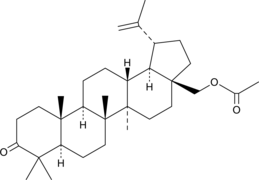
-
GC61682
3-Pentanol
3-Pentanol ist eine aktive organische Verbindung, die von Pflanzen produziert wird und ein Bestandteil der von Insekten abgegebenen Sexualpheromone ist.
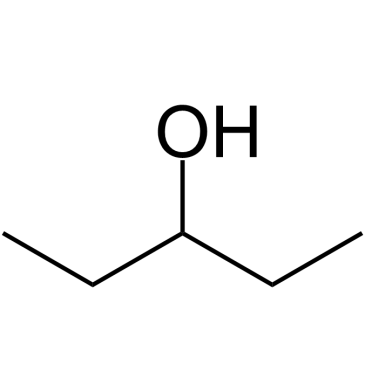
-
GC61679
4′-Hydroxy-2′-methylacetophenone
4′-Hydroxy-&2#8242;-Methylacetophenon, ein Aromastoff von Rotweinen, wird aus cv.
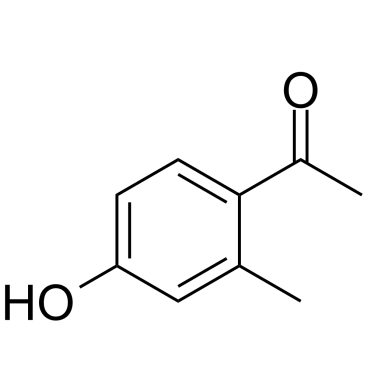
-
GC33976
4',7-Dimethoxyisoflavone (Dimethoxydaidzein)
4',7-Dimethoxyisoflavon (Dimethoxydaidzein) wird aus den BlÄttern von Albizzia lebbeck isoliert, das antimykotische AktivitÄt zeigt.
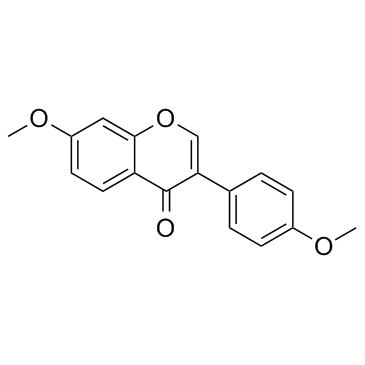
-
GC35130
4'-Ethynyl-2'-deoxyadenosine
4'-Ethinyl-2'-desoxyadenosin (4'-E-dA), ein Nukleosid-Reverse-Transkriptase (RT)-Hemmer, ist ein antiretroviraler Wirkstoff, der gegen arzneimittelresistente HIV-Varianten wirksam ist, mit einem EC50 von 98 nM in MT- 4 Zellen fÜr Anti-HIV-1-AktivitÄt.
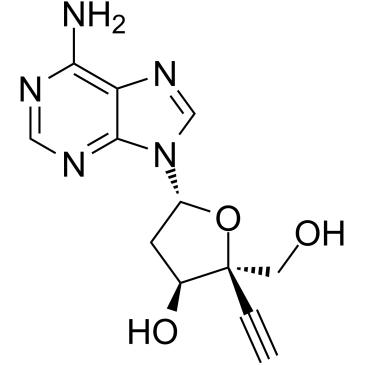
-
GC61684
4'-Hydroxy-3'-methylacetophenone
4'-Hydroxy-3'-methylacetophenon, eine phenolische flÜchtige Verbindung, wird aus hawaiianischen grÜnen Kaffeebohnen (Coffea Arabica L.
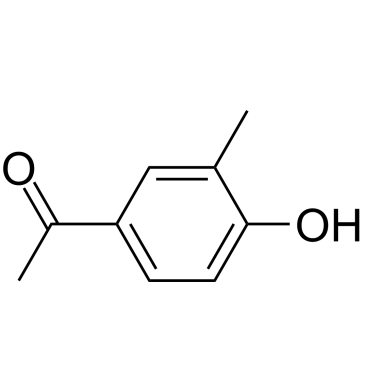
-
GC35144
4'-O-Methylbavachalcone
4'-O-Methylbavachalcon ist ein aus Psoralea corylifolia isoliertes Chalcon, das die Papain-Ähnliche Protease (PLpro)-AktivitÄt des schweren akuten respiratorischen Syndroms des Coronavirus (SARS-CoV) mit einem IC50 von 10,1 μM hemmt.
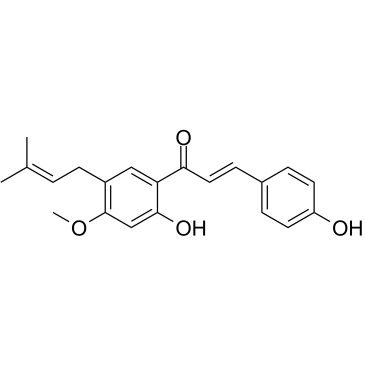
-
GC33912
4,5-Dicaffeoylquinic acid (Isochlorogenic acid C)
4,5-DicaffeoylchinasÄure (IsochlorogensÄure C) (IsochlorogensÄure C) ist ein Antioxidans, das aus Gynura divaricata und Laggera alata isoliert werden kann.
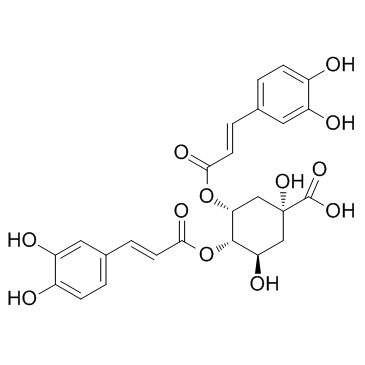
-
GC49337
4-Acetamidobenzenesulfonamide
A metabolite of asulam and sulfanilamide
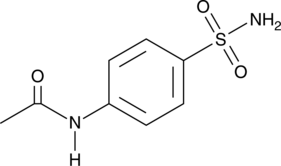
-
GC60511
4-Aminosalicylic acid
4-AminosalicylsÄure (ASS) ist ein oral wirksames Antibiotikum und hat das Potenzial, Tuberkulose zu behandeln.
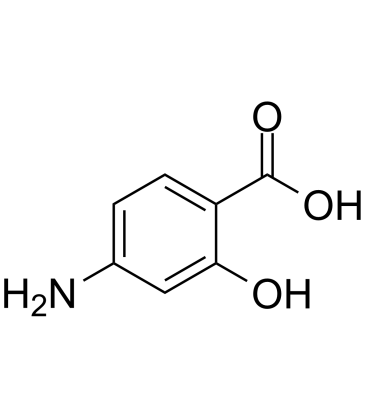
-
GC62353
4-Chloroguaiacol
4-Chloroguaiaco (4-Chloro-2-methoxyphenol) ist ein Phenolderivat mit antimikrobieller AktivitÄt.
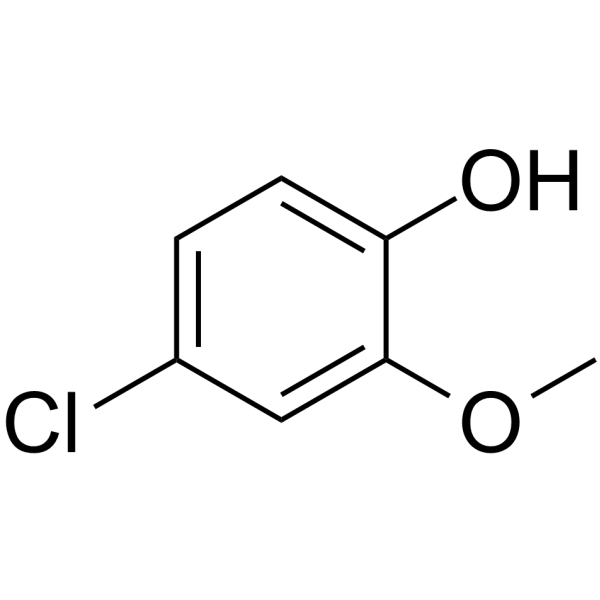
-
GC33949
4-Chlorosalicylic acid
4-ChlorsalicylsÄure ist ein pharmazeutisches Zwischenprodukt.
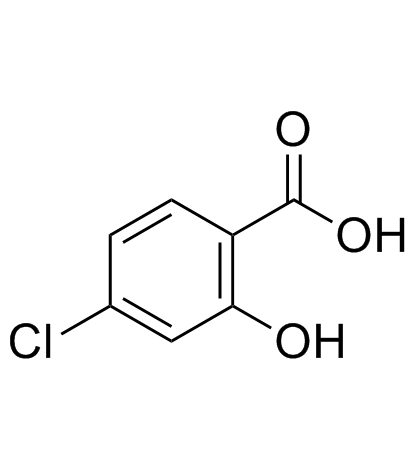
-
GC42374
4-epi-Chlortetracycline (hydrochloride)
Chlortetracycline is an analog of tetracycline, a broad spectrum antibiotic.
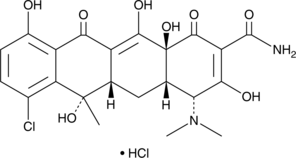
-
GC16474
4-HQN
A heterocyclic building block

-
GC60025
4-Hydroxy-2-methylbenzenesulfonic acid ammonium
4-Hydroxy-2-methylbenzolsulfonsÄure-Ammonium ist eine Verunreinigung von Policresulen.
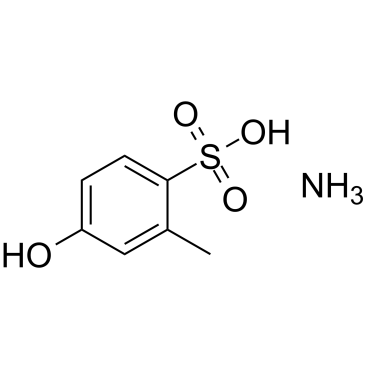
-
GC39196
4-Hydroxyacetophenone
4-Hydroxyacetophenon (P-Hydroxyacetophenon) ist eine wichtige hepatoprotektive und choleretische Verbindung in Artemisia capillaris und A.
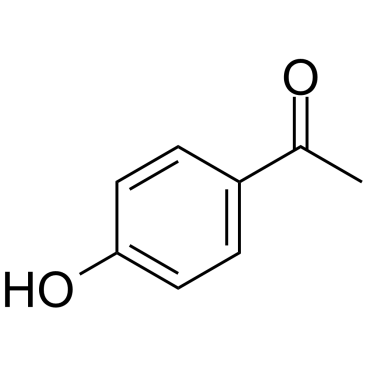
-
GC11270
4-Hydroxybenzoic acid
4-HydroxybenzoesÄure, ein phenolisches Derivat der BenzoesÄure, konnte die meisten grampositiven und einige gramnegative Bakterien mit einem IC50 von 160 μg/ml hemmen.
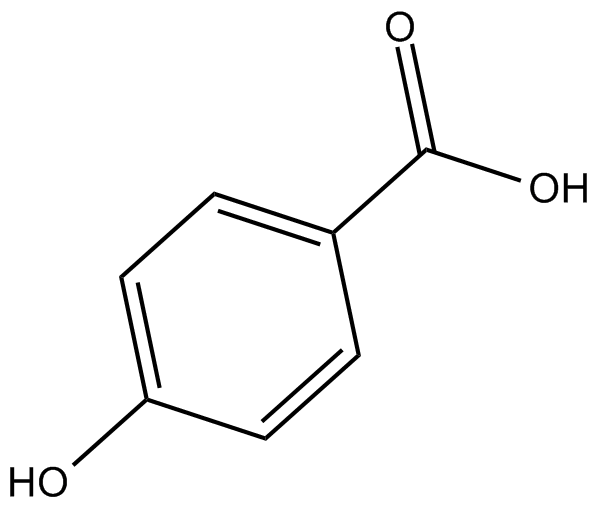
-
GC35131
4-Hydroxycoumarin
4-Hydroxycumarin, ein Cumarinderivat, ist eines der vielseitigsten heterocyclischen GerÜste und wird hÄufig in der Synthese verschiedener organischer Verbindungen eingesetzt.
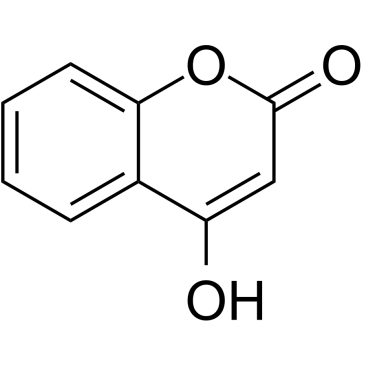
-
GC18853
4-isocyanato TEMPO
4-isocyanato TEMPO is a spin labeling reagent used to label the 2'-position in RNA.
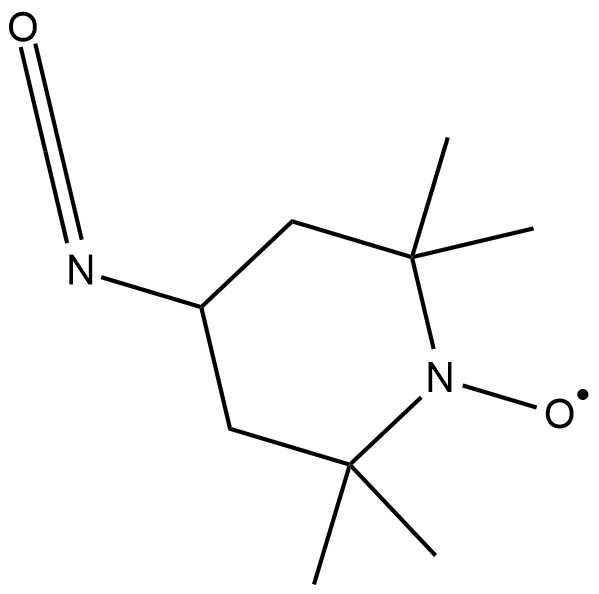
-
GC61686
4-Isopropylbenzoic acid
4-IsopropylbenzoesÄure, ein aromatisches Monoterpenoid, wird aus der Stammrinde von Bridelia retusa isoliert.
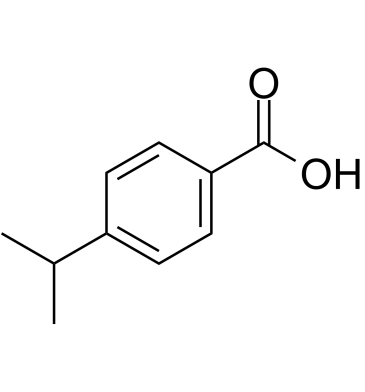
-
GC61683
4-Methoxyphenethyl alcohol
4-Methoxyphenethylalkohol, ein aromatischer Alkohol, ist die Hauptkomponente des anisartigen Geruchs, der von A.
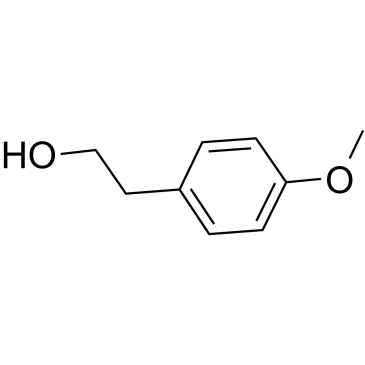
-
GC61678
4-Methylcinnamic acid
4-MethylzimtsÄure, ein ZimtsÄure-Analogon, kann als Interventionskatalysator zur Überwindung der Antimykotika-Toleranz verwendet werden.
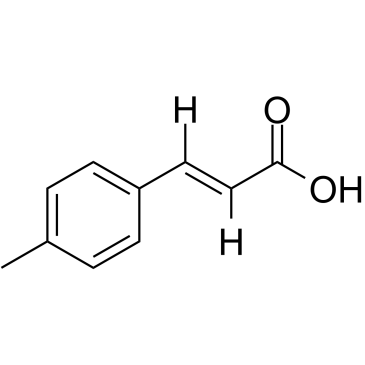
-
GC38665
4-Methylherniarin
4-Methylherniarin (7-Methoxy-4-methylcumarin) ist ein Cumarinderivat und fluoreszierender Marker, hat eine antimikrobielle AktivitÄt gegen grampositive und gramnegative bakterielle Flecken.
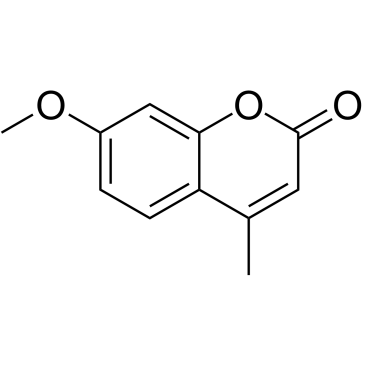
-
GC32354
4-Phenoxybenzylamine
4-Phenoxybenzylamin hemmt die Funktion des NS3-Proteins, indem es eine inaktive Konformation mit einer IC50 von etwa 500 μM gegen FL NS3/4a stabilisiert.
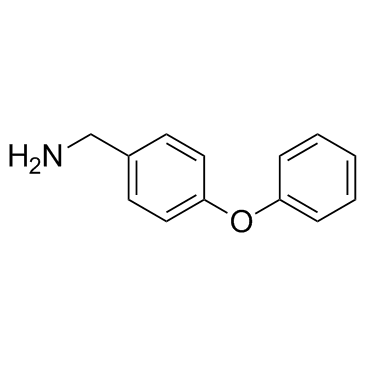
-
GC16748
4-quinolinol
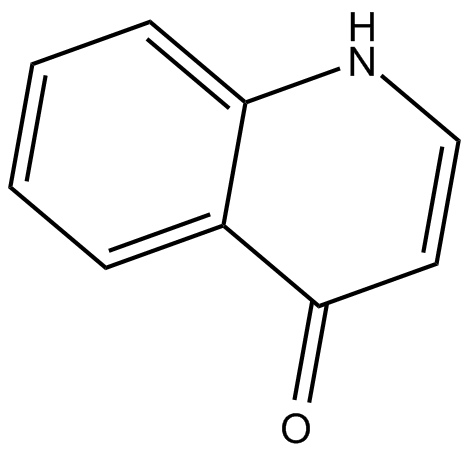
-
GC64317
4aα,7α,7aα-Nepetalactone
4aα,7α,7aα-Nepetalacton zeigt antibakterielle AktivitÄt und hemmt Escherichia coli, Pseudomonas aeruginosa, Staphylococcus aureus, Salmonella typhi und Enterococcus faecalis.
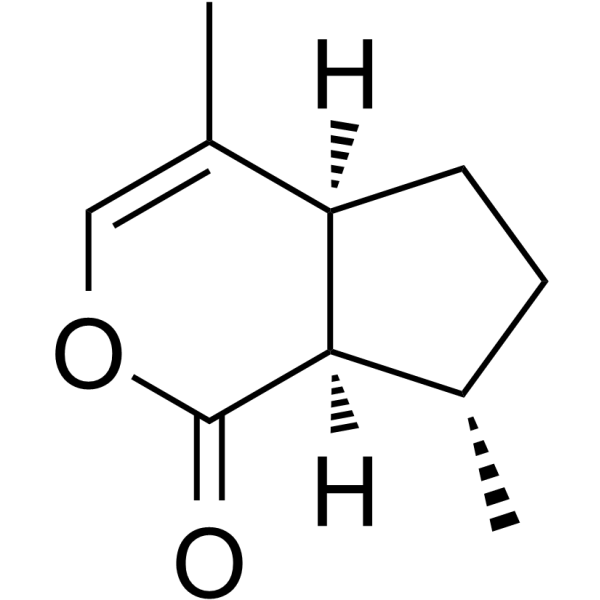
-
GC30785
4E2RCat
4E2RCat ist ein Inhibitor der eIF4E-eIF4G-Interaktion mit einer IC50 von 13,5 μM.
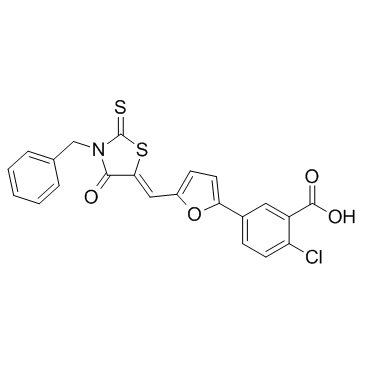
-
GC10731
5'-deoxy Thymidine
antibacterial activity
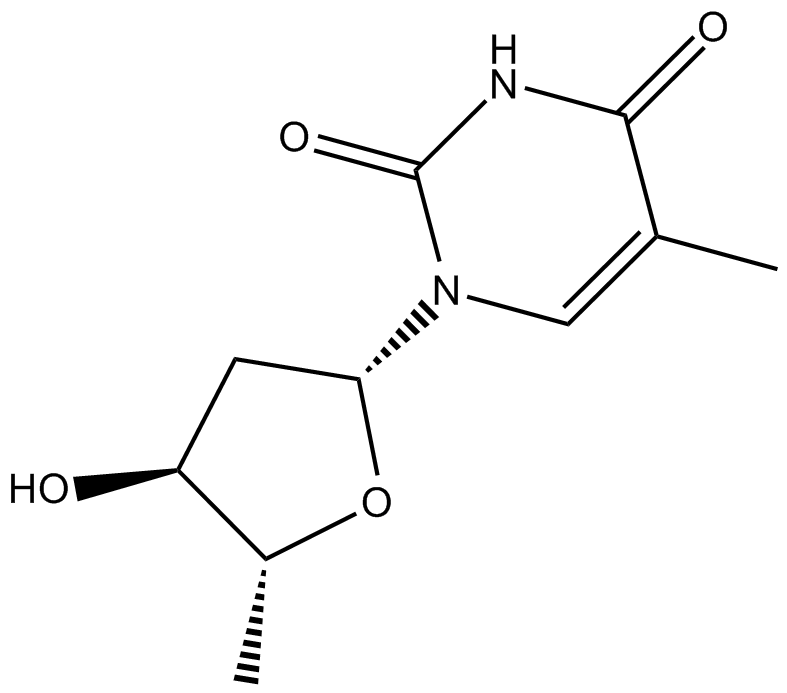
-
GC40641
5'-Ethynyl-2'-deoxycytidine
5'-Ethynyl-2'-deoxycytidine (EdC) is a nucleoside analog that inhibits replication of the herpes simplex virus-1 (HSV-1) KOS strain (ID50 = 0.2 μg/mL).
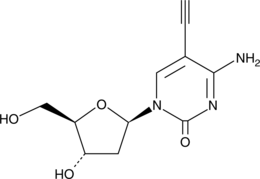
-
GC42484
5,6-dihydroxy Indole
5,6-Dihydroxyindol, ein Melaninvorläufer, hat ein breites Spektrum an antibakterieller, antimykotischer, antiviraler und antiparasitärer Aktivität.
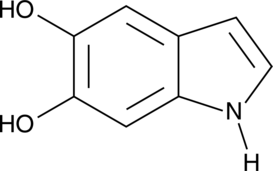
-
GC46075
5,6-dimethyl-2-Thiouracil
A heterocyclic building block
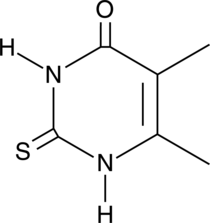
-
GC35153
5,7,3',4'-Tetramethoxyflavone
5,7,3',4'-Tetramethoxyflavon, eines der wichtigsten Polymethoxyflavone (PMFs), das aus M.
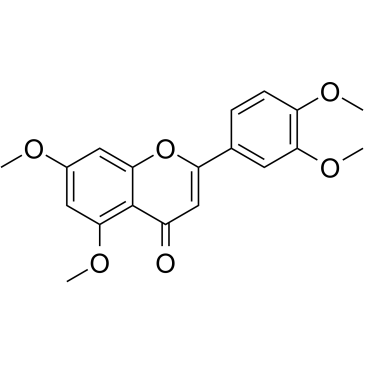
-
GC52091
5,7-Dichlorothiazolo[5,4-d]pyrimidine
A building block
![5,7-Dichlorothiazolo[5,4-d]pyrimidine Chemical Structure 5,7-Dichlorothiazolo[5,4-d]pyrimidine Chemical Structure](/media/struct/GC5/GC52091.png)
-
GN10629
5,7-dihydroxychromone
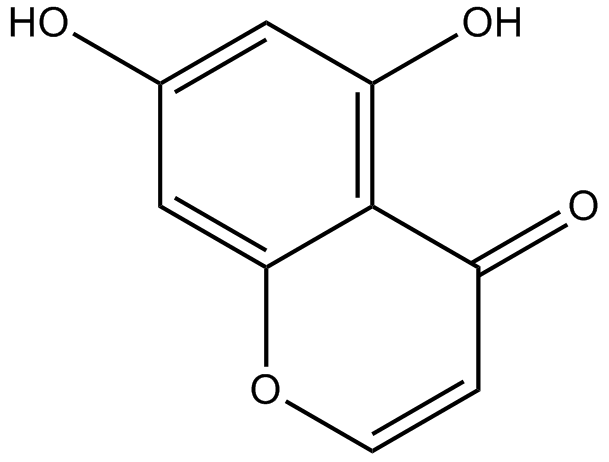
-
GC61681
5,7-Dihydroxycoumarin
5,7-Dihydroxycumarin ist ein aus den BlÜtenstÄnden von Macaranga triloba isoliertes Cumarin.
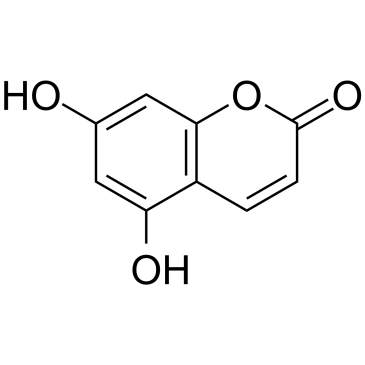
-
GC40527
5-(Hydroxymethyl)-2'-deoxyuridine
5-(Hydroxymethyl)-2'-deoxyuridine is a nucleoside analog with anticancer and antiviral activities.
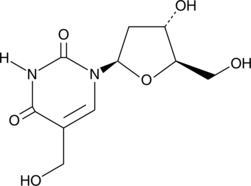
-
GC35147
5-(N,N-Hexamethylene)-amiloride
5-(N,N-Hexamethylen)-amilorid (Hexamethylenamilorid) leitet sich von einem Amilorid ab und ist ein potenter Na+/H+-Austauscher-Inhibitor, der den intrazellulÄren pH-Wert (pHi) senkt und Apoptose bei LeukÄmie induziert Zellen.
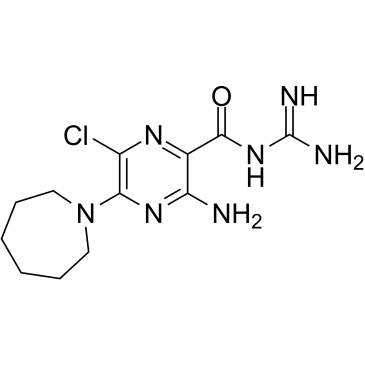
-
GC42492
5-bromo-5-nitro-1,3-Dioxane
5-Brom-5-nitro-1,3-dioxan, eine antimikrobielle Verbindung, ist wirksam gegen grampositive und gramnegative Bakterien und Pilze, einschließlich Hefen.
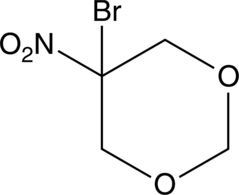
-
GC39589
5-Dehydroepisterol
5-Dehydroepisterol ist ein Episterol-Derivat und ein Zwischenprodukt in der Steroidbiosynthese.
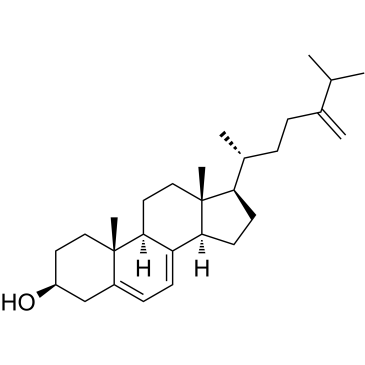
-
GC60528
5-Desmethylsinensetin
5-Desmethylsinensetin, isoliert aus Stevia satureiifolia Var.
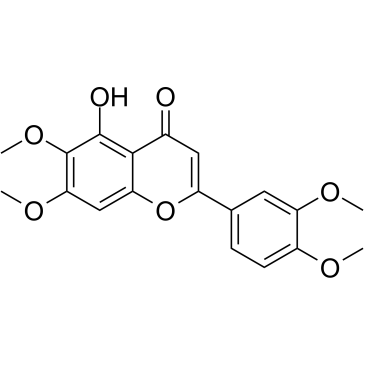
-
GN10111
5-hydroxymethyl-2-furaldehyde
